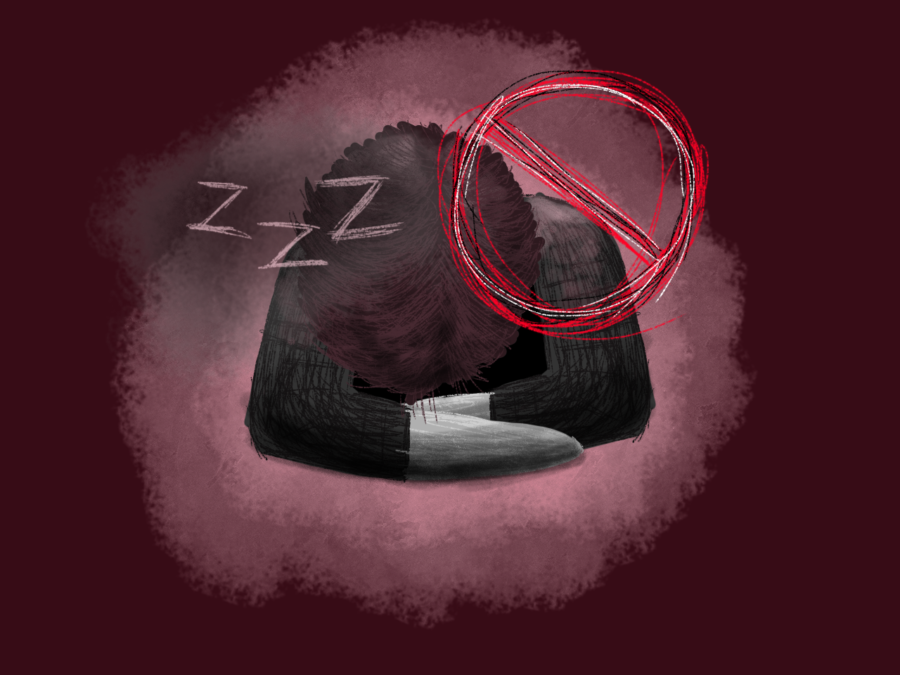Liam vs. Minnetonka: Nap Time For High Schoolers? Let’s Be Realistic.
December 21, 2018
Upon asking my high school peers every school day morning how they are feeling, there is no doubt that most of them will respond with the word “tired”. Although not as common, I occasionally hear fellow students groaning about how they miss nap time from kindergarten, and that students would benefit greatly if “nap time” was integrated into the daily school schedule. Although it seems that integrating “nap time” would benefit students, it ultimately would not be a beneficial option.
Firstly, the whole negotiation of “nap time” at the high school level is simply ridiculous. All high school students are on the brink of becoming adults (and most seniors reach age 18 by the end of the school year); therefore, students should be able to hold their own for a six hour school day.
Joe Harris, ’22, said that “when you are in high school it is expected that you withstand six hours of work”.
The whole idea of implementing “nap time” for 14-18 year olds is childish and destroys whatever small amount of dignity high schoolers would have had. Students complaining about their tiredness is only a poor reflection of themselves and their disregard of their own personal health. And yes, students are continually busy with school work, sports, extracurriculars, and part-time jobs, but with proper time management, students should be able to get to sleep at a proper time.
Secondly, implementing a sleep-designated time within the school’s schedule would either waste an unnecessary amount of time, or needlessly extend the length of the school day. There is only so much time in a day, and such time should not be wasted on dozing. If such a period would be implemented, it would extend the school day later, which would mess with job schedules, extracurriculars, and student’s time with their family.
France Roberts, a Wayzata district elementary teacher, feels that the school day is long enough already, and it already cuts away from the equally important family time during the day.
It is just not a viable option for families who require their teenage children to care for siblings, take care of chores, or in extreme cases, for teenagers to contribute to the family’s income.
Lastly, even if students are given the “nap time period”, there is no promise that a student would use such time wisely. I can imagine that many students would simply talk to their friends instead of using the “valuable” time to catch up on z’s. Continually, I have witnessed students who choose not to work during their class-designated work time, so how would a sleep period be any different? If students would not use their time in a productive manner, there really would be no point in integrating the system.
In conclusion, it is apparent that the very idea of high school “nap time” is not feasible and quite honestly reflects an embarrassing image of the current high school population.






























